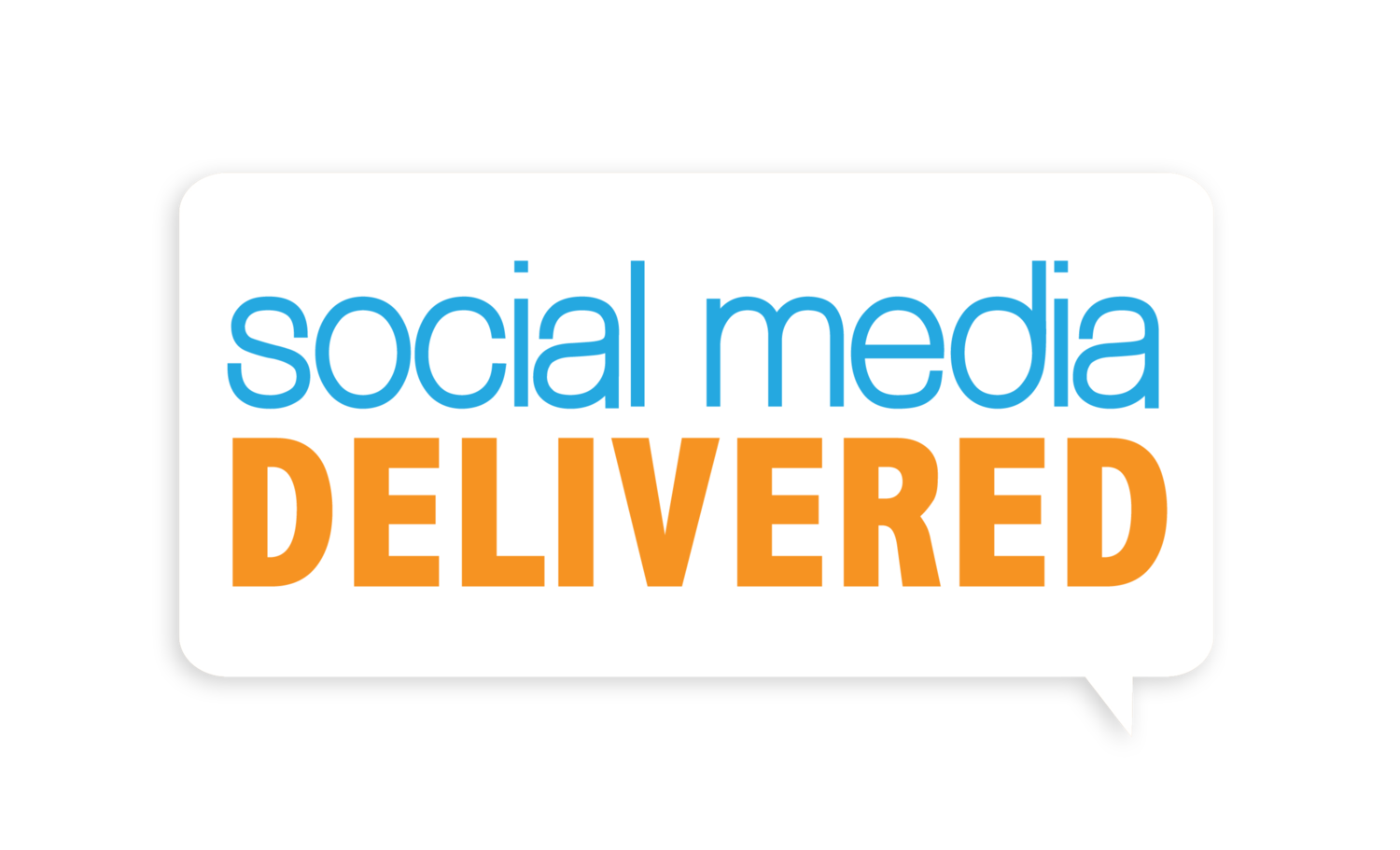Top 10 Things to Consider When Constructing a Twitter Hashtag
By Christina Gaines
Whether you feel hashtags are a Chris Messina-given work of inventive wonder or merely a sorry linguistic tumor, brandishing one of these particularly devilish pound signs is a dangerous - albeit mighty - feat.
(Have you seen the tweet that gave birth to the Twitter hashtag? It may seem slightly anticlimactic, but you can find it here.)
Regardless of your hashtag sentiment, your brand should think about giving them a go if it hasn’t already. Here are the top 10 things to consider when constructing a successful Twitter hashtag, while dodging mortification:
Keep it simple, stupid: K-I-S-S is a beloved tool. My (equally treasured) former professor taught me that when in doubt, simplicity is the rule. The same goes for our friend in discussion, the hashtag. Hashtags are a feature used to sort and identify messages/status updates/anything your heart desires to input. It should be a concise, representative nugget of the topic you would like to involve yourself in – not a long-winded distraction. Abbreviations wouldn’t hurt. Shameful: #macysthanksgivingdayparadenewyorkcityBetter: #macysparade There are about a million ways to shorten an event name (especially this one.) Whatever you choose, don’t make it something you need to break for breath in the middle of.
Actually advantageous to your campaign: Just like social media in general – if you cannot foresee a durable reason for using it, don’t. Don’t try to fit a square into a circle. Hopping on the hashtag train isn’t a swell idea if you’re doing it “just because”- and if you yourself are not convinced, it will shine through. Hashtags are beneficial if and only if their existence either makes it easier for customers to find you, to incorporate responsible humor, to create brand awareness, to promote events, to facilitate a conversation (See #7) or to sensibly highjack a trend.
Proper grammar: This should be a no-brainer. If your social platforms are effectively a reflective conduit for your brand, consider how a dumb spelling error on Twitter could make you look. Check multiple times before posting and beware mindless mistakes.
Hone your crisis prevention skill set: Consider all possible scenarios before it’s too late. If jumping on a trend, look up your hashtag- what are its origins? If creating your own-has it been previously used? And for what? Could it be mistaken for something inappropriate or insensitive to current events?
Relevance: Stay up to date with all news (and, consequentially, hashtags) relating to your industry. In some cases, pop culture phenomena may even give you a relatable leg up amid the crowd. When opportunities present themselves, think carefully – but not too long. With social media marketing, timing is indispensable.
Engage: Don’t just get your consumers talking to you – get them talking to each other! Hashtags should engage and ignite conversation. Perhaps ask them to generate or do something attached to the hashtag – to take a photo, produce artwork, tell a story. Marketing (and social media) is most effective when it can make seemingly intangible and distant more personable and human. Make your brand a part of your target audience’s lives – the idea isn’t to intrude, it’s to facilitate and add mutually-beneficial value in a creative fashion.
Don’t overload: #Do #not #do #this. Think the Goldilocks principle here: look for the “just right” margins. You don’t need to hashtag every possible gamut that your little serving of tweet genius could conceptually connect to. If you ask me, one is preferred, two is tolerable (if necessary), and three is downright obnoxious. Throwing out hashtags like Oprah and her show gifts won’t increase engagement – it will decrease it. Don’t be a spam-artist.
Unique(sometimes): When crafting your own Twitter hashtag, be creative. Use alliteration, abbreviations, anything to stray from the mundane. A more unique hashtag will be easier to remember, more fun to interact with, typically quicker to digest and spread. A hashtag that is too common could be habitually used for campaigns or purposes other than your own.
Categorize: I meant it when I said “mutually-beneficial.” Hashtags should be helpful to your organization and Twitter analytics. Cater to the platform you are using (our past blogs can be a handy guide) and use hashtags to divide your message (and consumer feedback) into chunks.
Clarity: Be specific, not vague. Your audience shouldn’t be confused as to what to do with your Twitter hashtag, and we would like to think most wouldn’t post something they don’t understand. Rehearse widely grasped lingo and offer clear instructions.
Best tweet hashtag-ology practice takes time – experiment with our tips, but don’t forgo tracking and monitoring customer reception.

